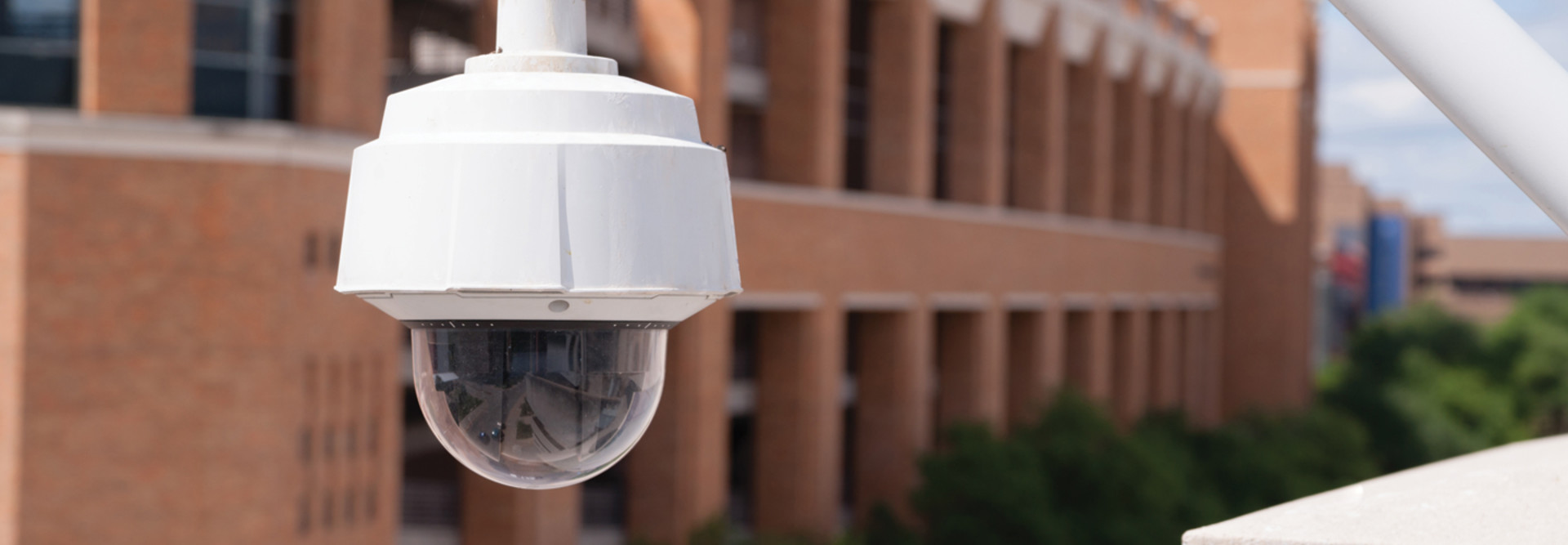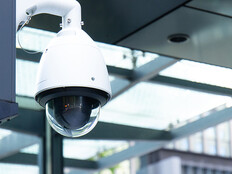The Convergence of Physical Security Solutions
Physical security systems are being deployed in new ways because of the convergence of video, access control and sensors into platforms that are more tightly integrated. These platforms leverage IP networks and the data analytics that can be leveraged on top of them.
Historically, physical security systems had been mostly analog, isolated and owned by facilities managers or the physical plant department. Now, because so many components of physical security are connected to IP networks, feature more software integrations and generate significant amounts of data, IT teams are increasingly managing physical security systems.
Typically, organizations have underinvested in physical security assets, which are often not updated as rapidly as IT assets. For IT leaders and teams to better manage physical security, they should look to modernize their platforms. What does that look like?
Modern physical security platforms incorporate both video management and access control systems, bringing together video feeds from a wide range of cameras as well as technologies such as controllers for doors and gates, card and fob readers, and biometric access controls. They also incorporate environmental sensors, such as those for audio, air quality, light and occupancy.
The upshot is that, through video content analytics, IT and physical security teams can better integrate data streams around what is happening at buildings. For example, every time someone successfully badges into a building (or doesn’t), that event can be directly correlated in software to video evidence of the person entering or attempting to enter the building. Historically, teams would have to toggle back and forth between such systems, but modern solutions combine it all.
These platforms can be used to secure property and premises with everything from gate controls to perimeter monitoring and loitering and object detection. Video analytics can quickly identify if people are lingering outside a building or if an object has been left that needs to be investigated. Such tools can also be used in smart city applications, such as vehicle counting, pedestrian counting and crowd density monitoring, and occupancy monitoring of parking lots via camera analytics.
MORE FROM STATETECH: Find out how real-time crime centers enhance situational awareness.
How the Cloud and Analytics Impact Physical Security
Another major trend in physical security is the use of cloud-based management tools. Government agencies and IT leaders should evaluate whether moving physical security to the cloud is right for them.
Such considerations include how much infrastructure needs to be managed, where agencies want their physical security data stored, how much video evidence they need to keep and other factors such as available internet bandwidth at each site.
On-premises infrastructure is ideal for large campuses with hundreds of cameras, since sending all of that video data to the cloud likely would tax an agency’s network. However, the cloud may make more sense for small sites. Organizations can also take a hybrid approach and use on-premises infrastructure for large campuses and the cloud for small ones.
Even more transformational than cloud-hosted solutions is the emergence of video analytics tools. However, agencies need to ensure they have the IT infrastructure in place to get the most value from analytics.
Edge analytics can be conducted on board IP-connected cameras, and includes motion and object detection, object counting and sending real-time alerts to security operations teams, providing them with enhanced situational awareness.
Video management systems can support search analytics, including metadata on objects, faster retrieval of video and forensic searches. Specialized analytics tools can include analysis of video content, facial recognition and license plate recognition.
The practice of physical security is evolving, and state and local agencies have the opportunity to modernize legacy systems and bring physical security into the 21st century. They should do so in ways that meet their unique needs. They now have powerful tools at their disposal to ensure the security of the people and places that matter most.
This article is part of StateTech’s CITizen blog series. Please join the discussion on Twitter by using the #StateLocalIT hashtag.












